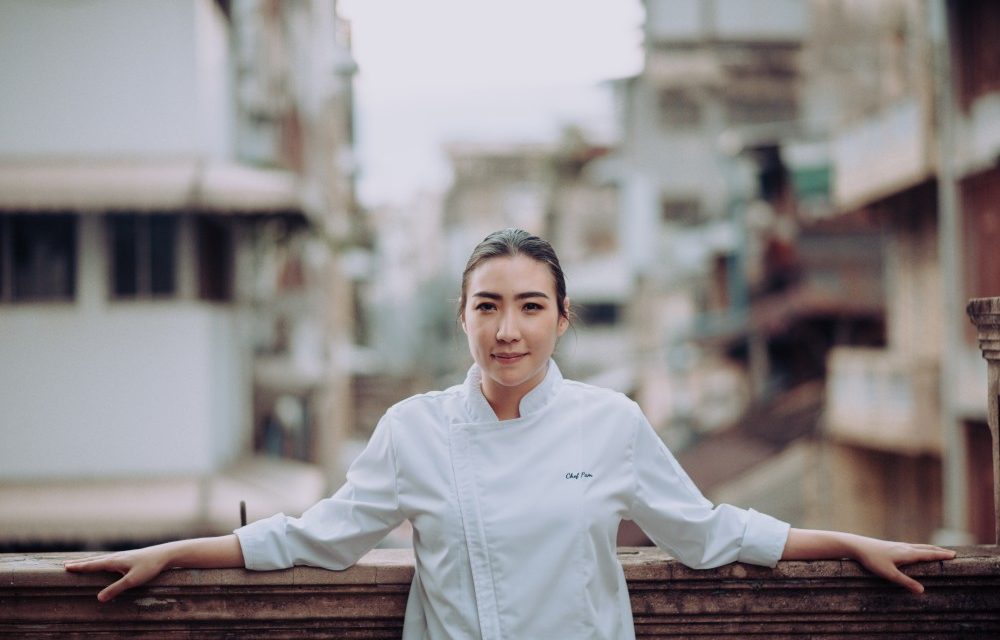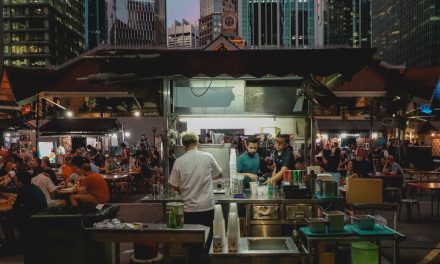Pichaya Soontornyanakij, known as Chef Pam, is spearheading Thailand’s food scene, weaving together her rich family history and over a decade of cooking internationally.
Chef Pam’s story started in her mother’s kitchen when she was eight years old.
“I have been connected with food since childhood. Since I can remember, it was always about cooking – maybe since around the age of eight,” Chef Pam told Diplomatic Network (Asia) in an interview.
“There are countless times my mom and I spent running around in our family kitchen trying out different local ingredients. This all helped cultivate my deep appreciation for Thai Chinese cuisine.”
Window into two cultures
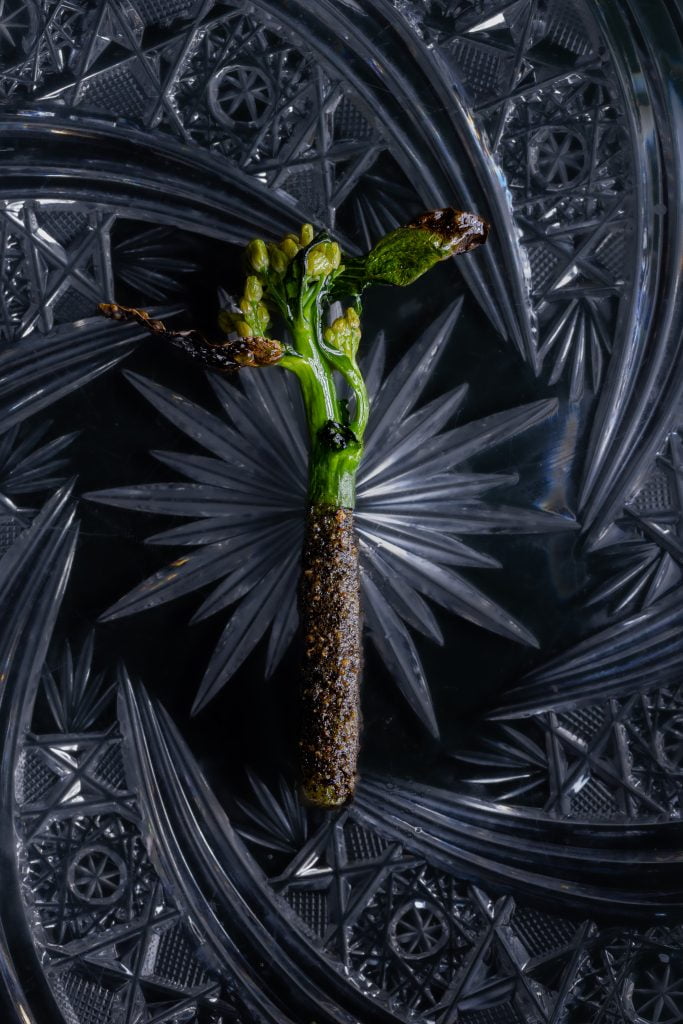
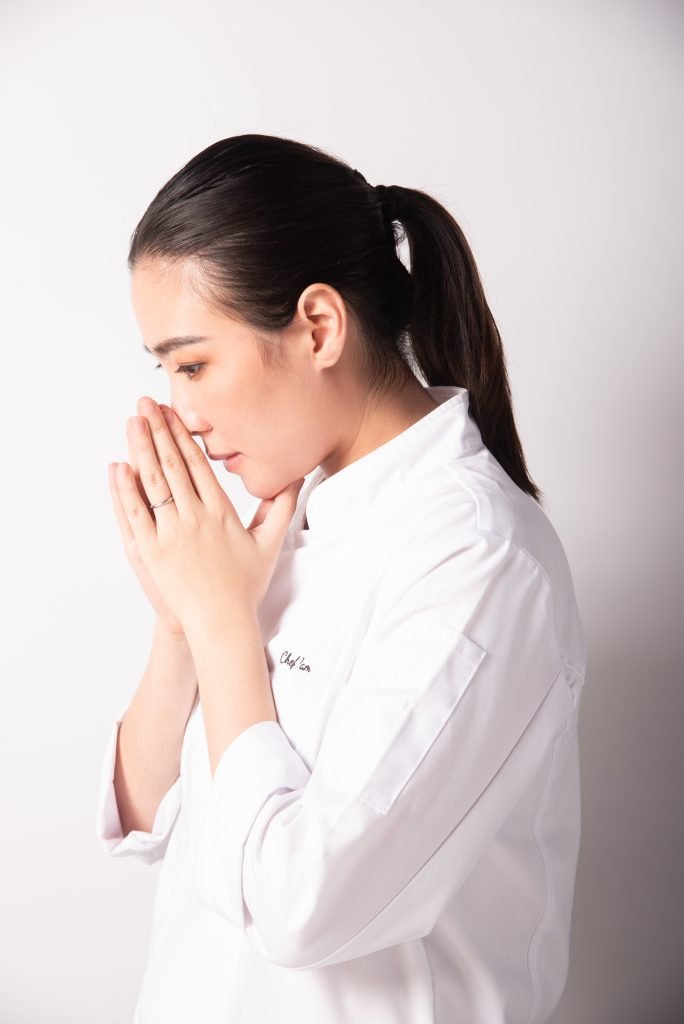
Chef Pam calls her cooking “progressive Thai-Chinese”, drawing from her Chinese heritage with contemporary twists.
“Our family origin starts in Bangkok’s Chinatown. My parents met and were raised in Chinatown, more specifically the Yaowaraj area,” she said.
Chef Pam was born in Thailand into a family of 4th generation traditional Chinese herbal medicine makers.
Bangkok’s Chinatown, she said, is unique because it presents a window into the interconnectedness of the Thai and Chinese cultures – especially when it comes to food. For her, and many other Thais with Chinese heritage, Chinatown equally offers a link to her ancestral heritage.
“There are tons of experiences that I can relate to in that area. My mom always brought me to do grocery shopping in Chinatown, where all the finest local Thai Chinese ingredients are sold”.
Deep roots
Chef Pam’s roots extend west too.
“My dad is half Australian and half Chinese while my mom is fully Chinese. In my house growing up, my mom always prepared the food, and because my dad is half Australian and loves western food, my mom had to learn from cookbooks how to cook it,” Chef Pam said, “This effects how I cook. Even today, you will see a mixture of authentic Thai-Chinese cuisine as well as western influences in my dishes.”
Perfection
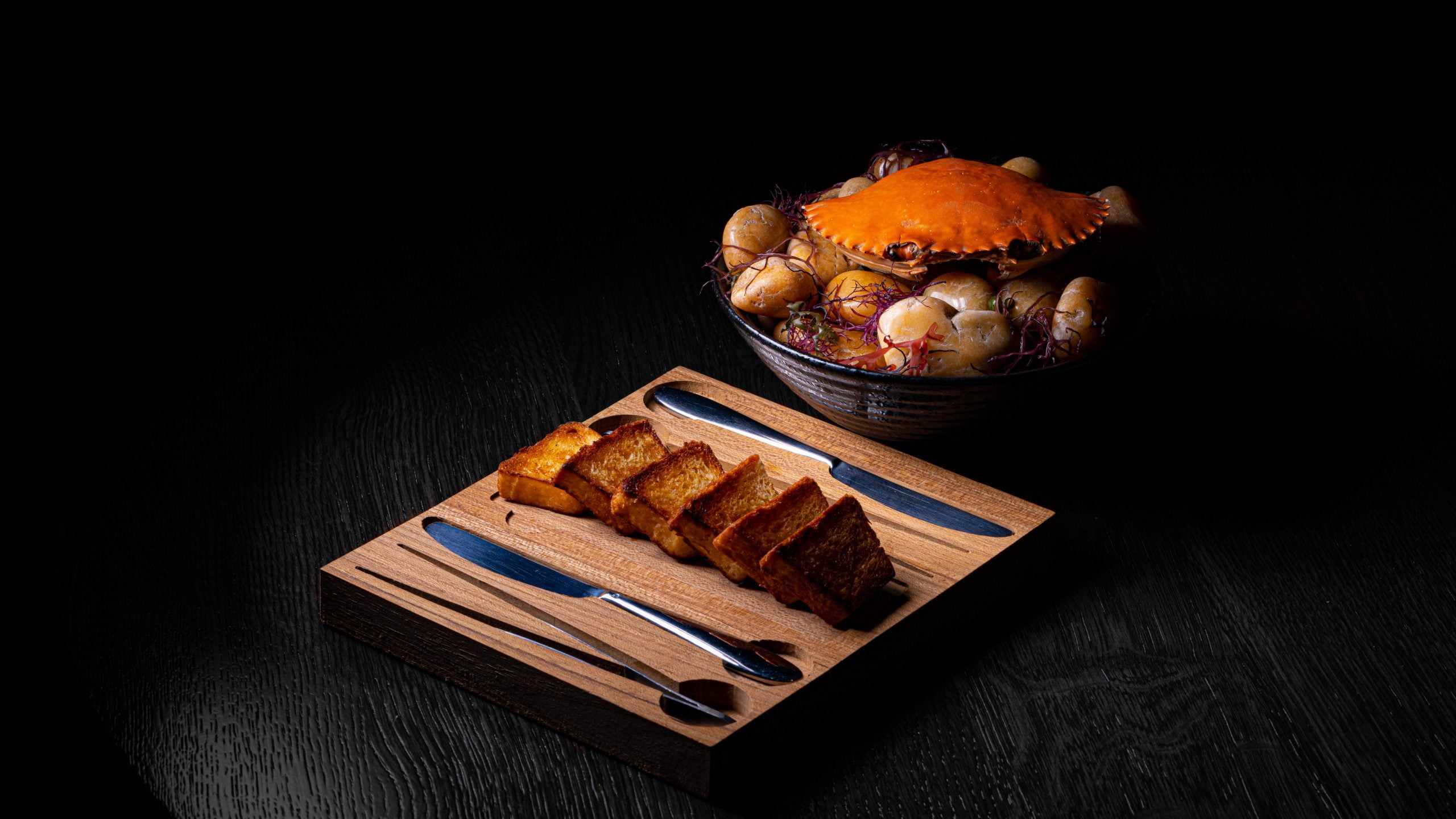
Before Chef Pam earned the title of chef, it was her mom that instilled in her the importance of detail and a sense of fierceness in the kitchen.
“My mom is one of the people who you can call an extreme ‘perfectionist’. When I was young, I remember it would be my mom teaching, explaining and perfecting the food that I was always preparing with her.
“I remember cooking a simple shrimp dumpling with my mom. I could not remember how many times I had to recreate the dish because it was not up to her standard, ‘till this day, I still don’t think I am,” she said.
“I never knew that one day this would grow into my heart and become my great passion for cooking.”
This deep sense of love and purpose engrained in her from a young age laid the foundation for Chef Pam’s meteoric rise in the industry.
Meteoric rise

Chef Pam accumulated a slew of awards early in her career, including “The Young Woman of the Year” in 2012 by Her World Magazine and “30under30” by Forbes in 2015.
As her skills and name grew, so did the boots which she had to fill. However, Chef Pam meets this pressure with humility, as any award reminds her of the grit and determination that was required of her to get to where she stands now.
“I feel thankful and motivated every time I received these prestigious awards. It reminds me of some of the tough memories that I had to overcome throughout my cooking career. I always love to challenge myself to a new task,” she said.
Tough times
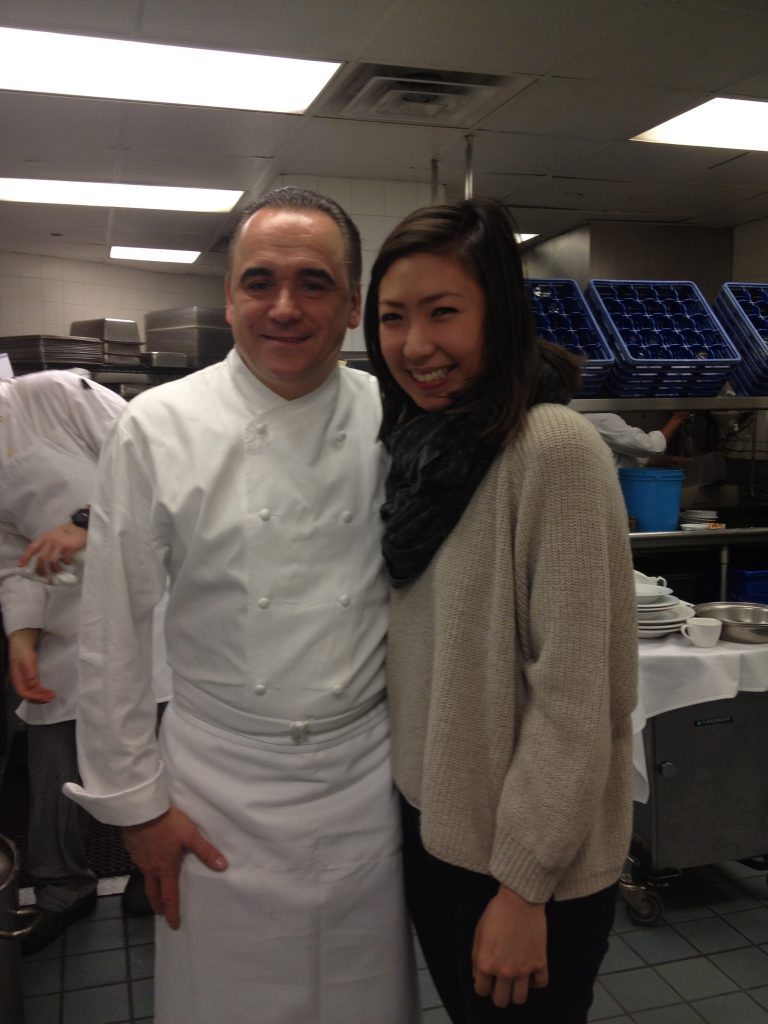

There is one particular memory which comes to mind when reminiscing of past obstacles, Chef Pam said. “It was when I started working at Jean-Georges in New York.”
Jean-Georges is a restaurant located in the Trump International Hotel & Tower in midtown Manhattan. It had three Michelin stars when Chef Pam worked there but has since lost a star.
“I never missed my classes because I love to learn new techniques and theories but once I started working in the real kitchen, it was tougher than I thought. I started with the mundane and boring tasks, such as peeling garlic, chopping onions and washing vegetables.
“I guess this is where many cooks gave up.”
To overcome the mundanity of peeling garlic, Chef Pam timed herself.
From hours to 45 minutes, and then to half an hour, Chef Pam became more and more efficient by the day.
“I believe this is where I got promoted to become a line cook quite fast compared to others. There’s also a lot of pressure on the line, dealing with the heat, the pressure, and the fast-paced operations. However, as time passes by, I felt like it was the muscle memory. When you hear an order coming in, you move right away,” Chef Pam said.
“My life during that time was very tiring through long hours and hard work, but it was fun! My time at Jean Georges was the toughest time of my life yet.”
Green shoots
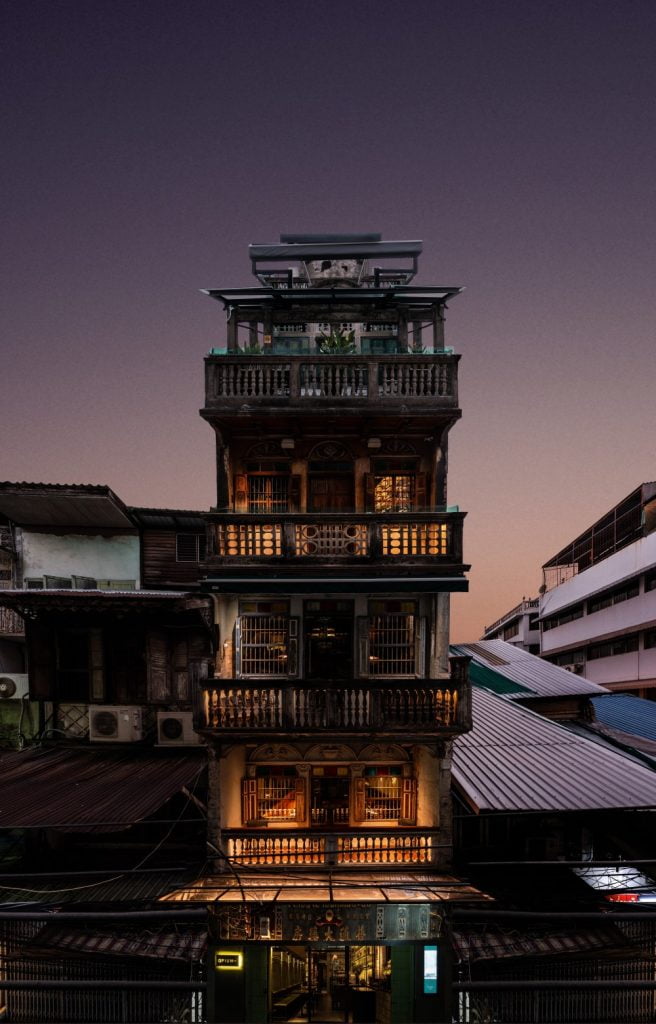
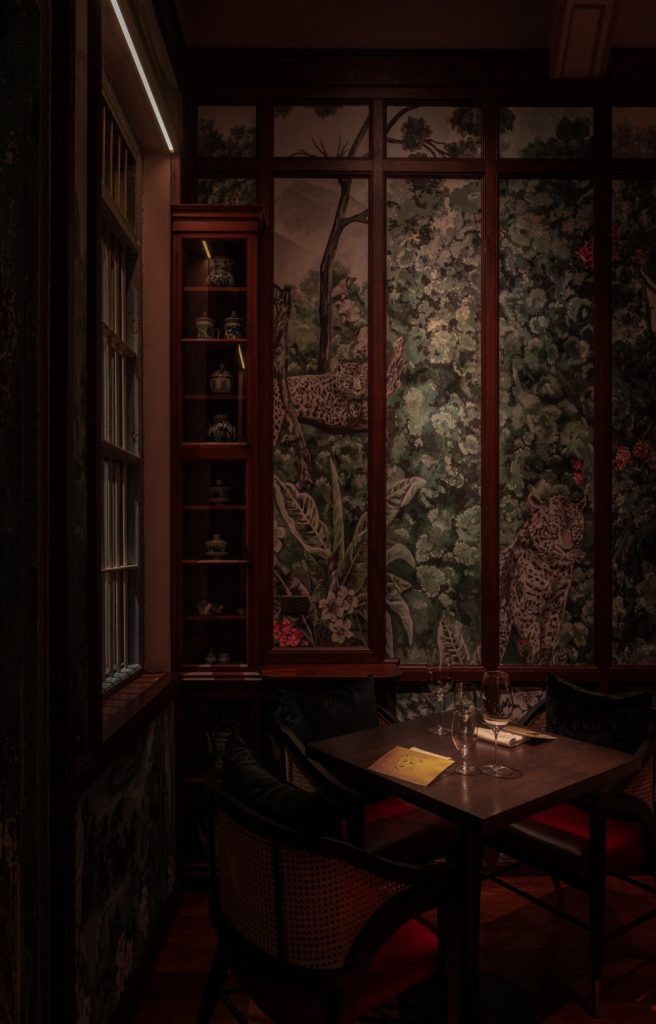
Chef Pam, through all her knowledge, experience and failures, created Potong.
Sprung from the same ground where her family used to sell Chinese herbal medicine, Potong is Chef Pam’s Michelin-starred restaurant in the heart of Bangkok’s Chinatown.
Even the name of the restaurant is a nod to her roots, with Chinese herbal medicine makers being known as Potong in Thailand.
As Chef Pam has thrown more experiences into her pot, she has realised that memory is what makes food so special.
“I used to think that I can mix everything and cook whatever I want but today I realise that putting my memories into food is what make food so memorable,” she said.
Memories
There’s a reason why mom’s cooking is the best: nostalgia. Tastes, smells and textures are inextricably linked to memories, and this is what Chef Pam serves in each bite.
Chef Pam’s dishes hide within them not only her ancestry, culture and experiences, but also encourage the diner to knock on doors of some of their own memories.
Bridging the past with the present in the form of a taste, smell or texture is what makes Chef Pam’s food so special. A mélange of the traditional and the contemporary, as well as east and west, creates an experience which will leave its own door in the corridors of her diners’ memories.
Present

Today, Chef Pam is not only a chef and entrepreneur, with a handful of restaurants and bars to her name, but she is also a judge of reality show Top Chef Thailand.
If you enjoyed this piece, check out DNA’s piece on Blue Smoke restaurant in Singapore.

